Selling real estate properties can be too costly and time consuming on your part. Hiring the services of a professional photographer will really do the trick more especially if you want to translate skills and experience to potential buyers. A photographer for real estate is an important person in real estate business because he is that person who is responsible in creating those aesthetic pictures online that will make buyers look for their next property to purchase.
In the property business, the initial point where a buyer and a seller make contact is through property pictures. A buyer first looks at the images posted on the listings and compare the property picture to the price listed. This is the noticeable contribution of a real estate photographer. He is important. He is the key for a successful property business.

Real estate photography is likened to a copywriter. We know that everybody can write. Everybody can freely express what he desires to say through writing. But the main idea here is that a copywriter can convert his writings into profit, much like what a real estate photographer does. Or you have your property image but it lacks that visual appeal that is essential to entice buyers, who would buy your property in the first place?
If you really want your property get the attention it needs, prepare your property for sale. How to get it noticed is the ultimate goal of property photography. A legit and skilled real estate photographer is what an agent really needs so that prospective buyers will look further into your listings.
How to Nail a Picture-Perfect Real Estate Photos?
Buyers are picky and careful of their choices. They can easily pinpoint the slightest of imperfections. This can be their ultimate reasons to back out from a deal. So instead of doing the task by yourself nail a picture-perfect, professionally-made real estate photos with the service of a legitimate real estate photographer.

The trait of a good photographer is often perceived on how they factor out the designing of a house. The styling they make is by moving and removing items, furniture, and objects inside and outside the house. They are also fond of doing retouching works to basically unlock the property’s selling potential.
In real estate listings, prospective buyers always go for what they see. They are more on visual. Whether you are a do-it-yourself agent/photographer or a middleman agent communicating for the seller to get the right buyer, considering a real estate photographer can be one of your strongest points in terms of selling capability. Listings with visually engaging pictures are attention-grabbers. Properties with this kind of quality always have a higher percentage to be sold against unappealing ones.
Superb Pictures Must Not be underestimated
There are reasons why getting the services of a professional real estate photographer is always worth the price. Most of those sold-out properties are claimed to have used the skills of a legit photographer. The factor behind all of these is what we call first impression. Imposing real estate photos must affect the buyer’s perception in order to get the first sale. Let the emotions trigger the decision-making abilities of the buyer by letting the photos do the talking.

One of the most dominant qualities of a good real estate photographer is the angles. Photography is all about angles. They are those individuals who mastered the art of getting the right angles. No matter what time of day, they can still give you the best shot possible for your real estate photos. They capture what you desire for. Besides, legit photographers have all the materials and equipment needed to make a photo look extremely desirable.
Photographers will make all the possible preparations needed to come up with the best shoot possible. They scout the area before they shoot. They make remarkable adjustments to create a masterpiece. They are those who do their mission diligently because they believe that once correct preparation is skipped, it will cost much. They examine every angle, analyze proper interior and exterior lighting, take sample photos, and correct things right away to develop a proper composition.
Aside from passion real estate photographers are artists. Art is innate in them. They know how to pick the right images and they are selective of what things are necessary to sell a home. When they want to produce a shoot, they can capture the right images. They are art directors in their own field.
Just like a musician, photos can also be composed. A photographer for real estate must first create his own subject and he will include all the elements needed for a perfect composition. It is like filling in the blanks when photographers create horizontal and vertical lines masterfully because these lines might be the factor to direct the focus of the composition. They know what structural elements are included once they shoot architectural and interior designs.
Buyers, as we know it, will not be given the raw photographs taken during the shoot. Instead, photographers will first process the photos to make them look great. Post processing is the enhancement of images using Lightroom or Photoshop.
Being an art director at the same time, a real estate photographer will go through the different raw photos to make selections. He knows what to be included and what are not. He knows that spacious photos look better than tight ones. After selecting what he knows are the best in the list, he will then make sure that processing them will make the property more saleable. He will make sure that the skies are blue and the grass is green.
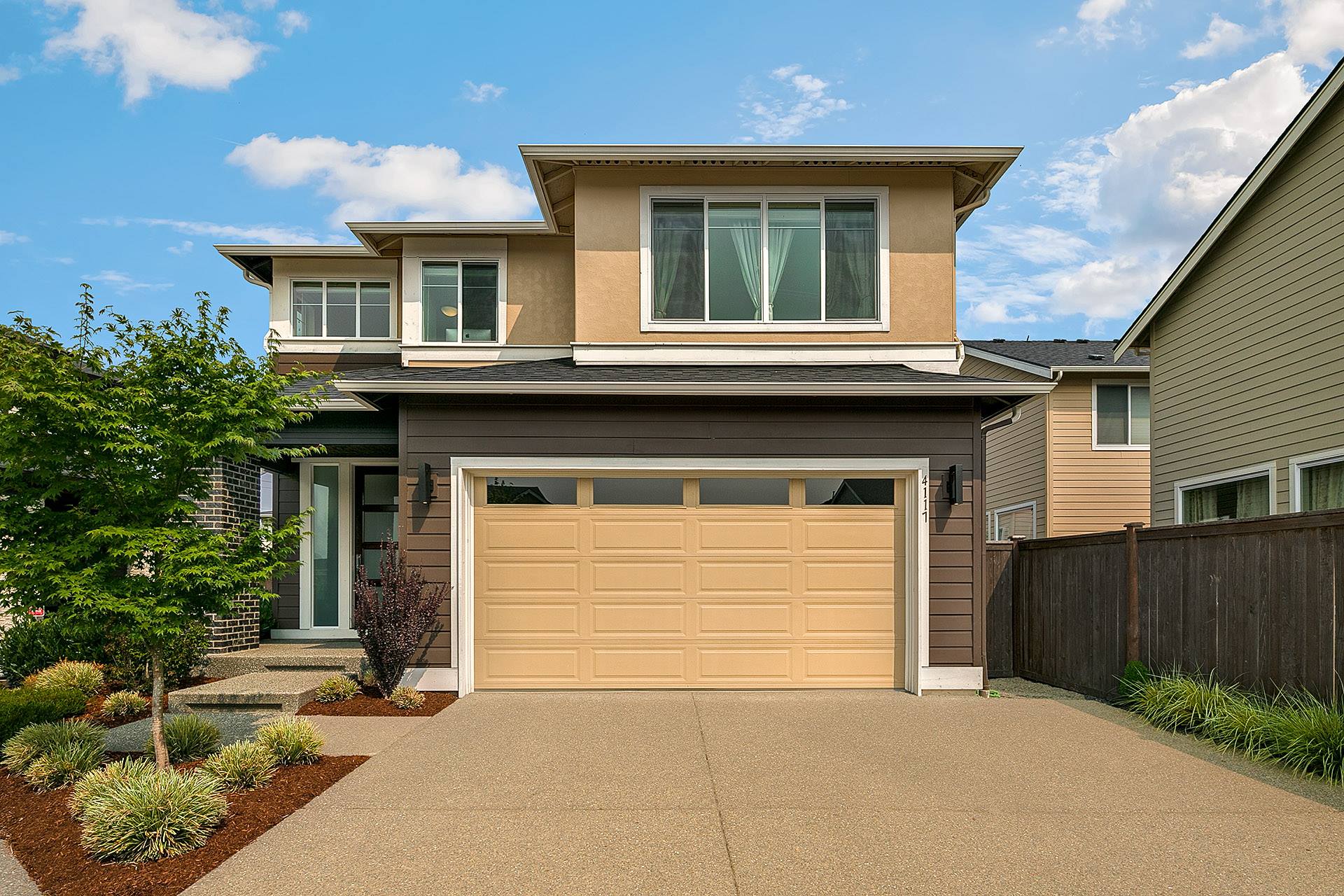
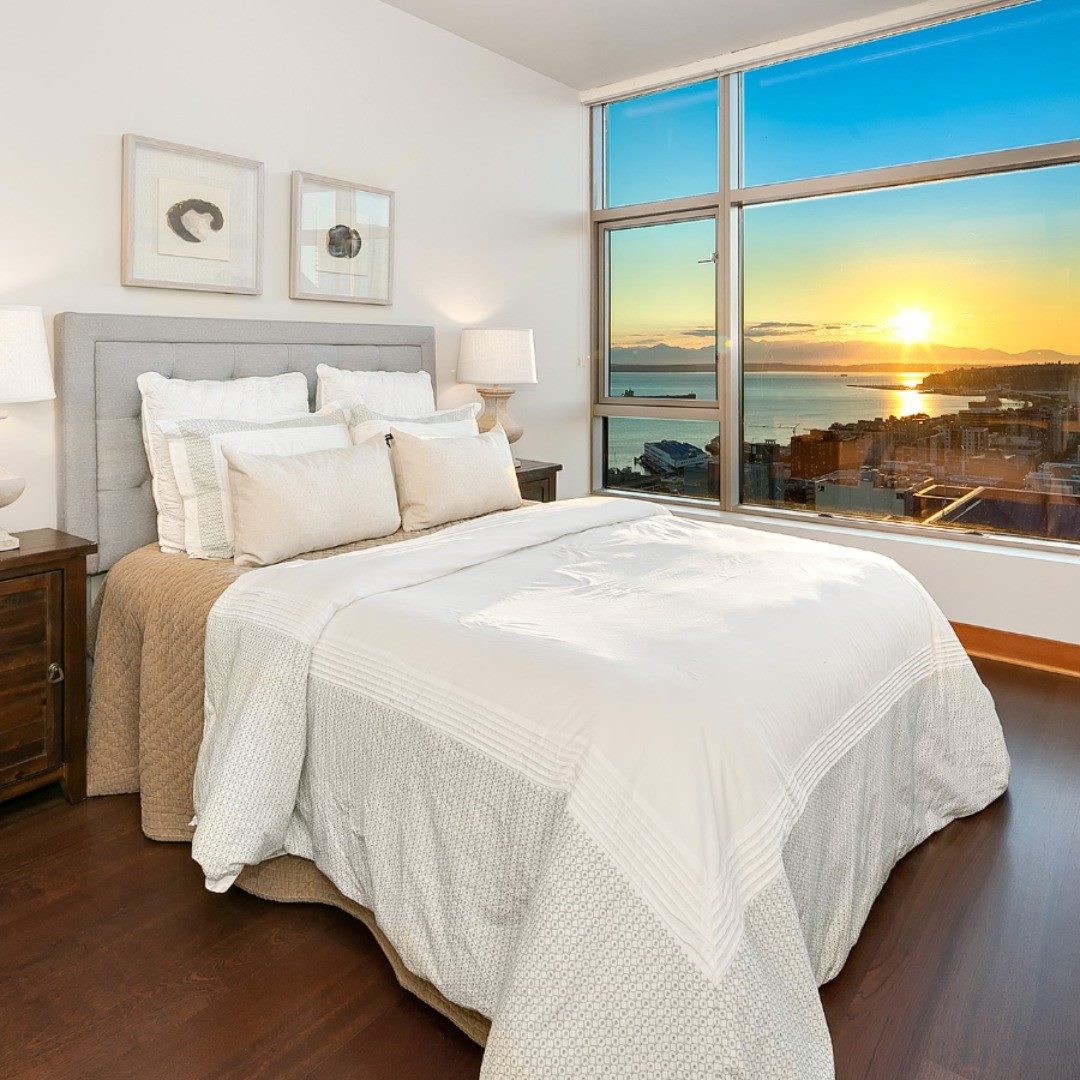

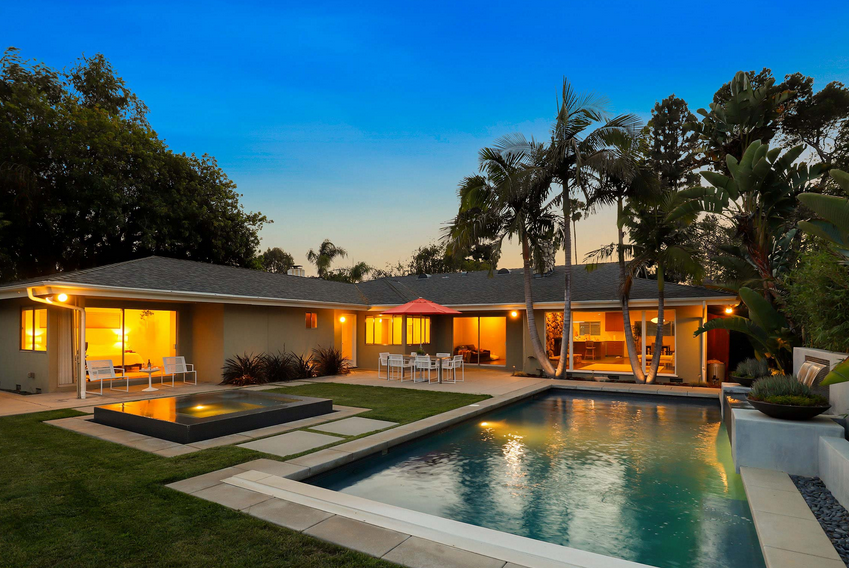
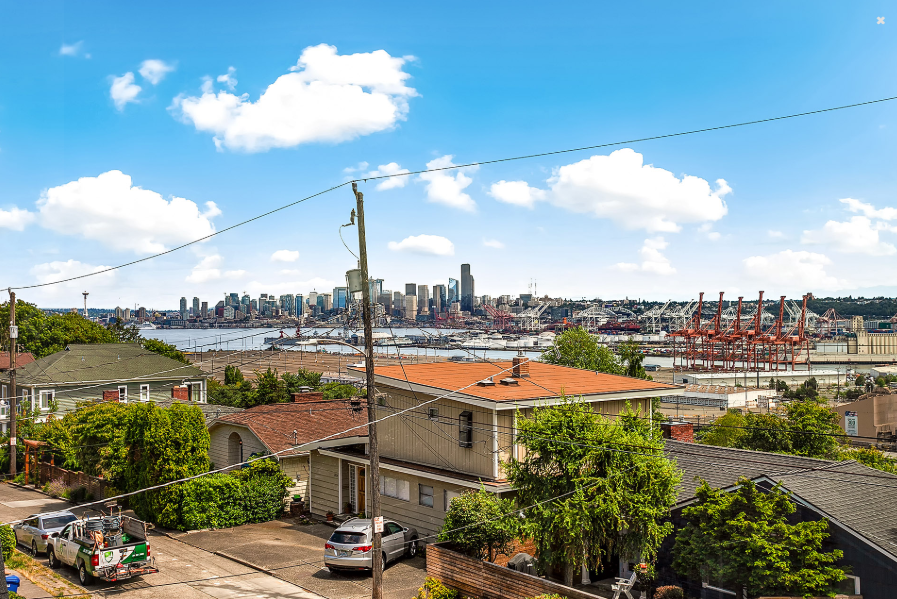
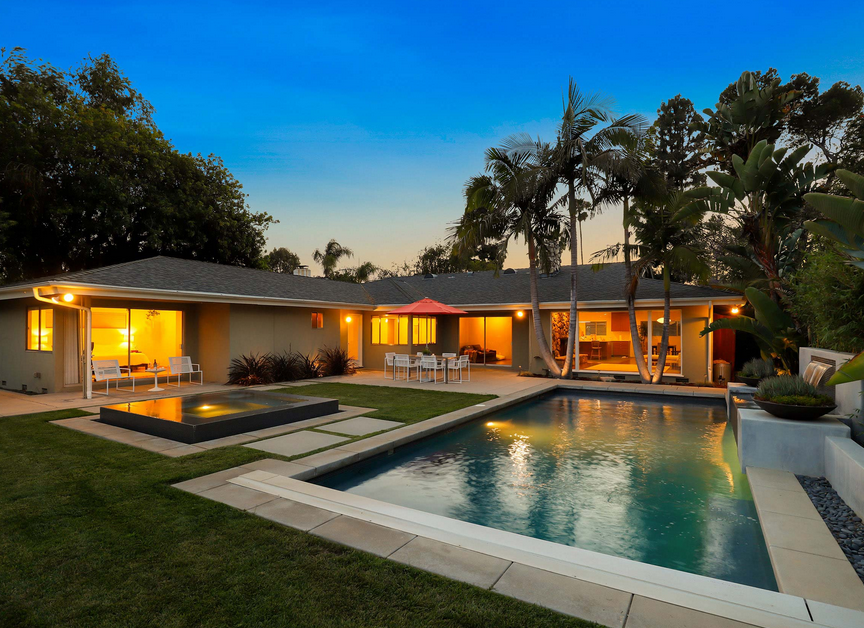
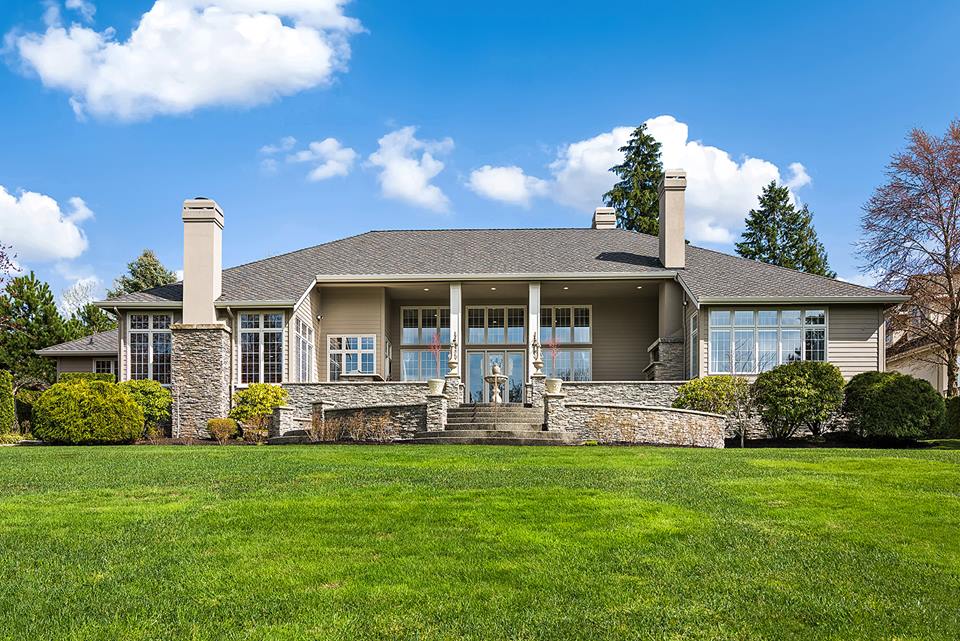
 Claire Wright, a savvy tech nerd and self-taught photographer who lives in Seattle and working at one of the best real estate photography companies called HD Estates.
Claire Wright, a savvy tech nerd and self-taught photographer who lives in Seattle and working at one of the best real estate photography companies called HD Estates.